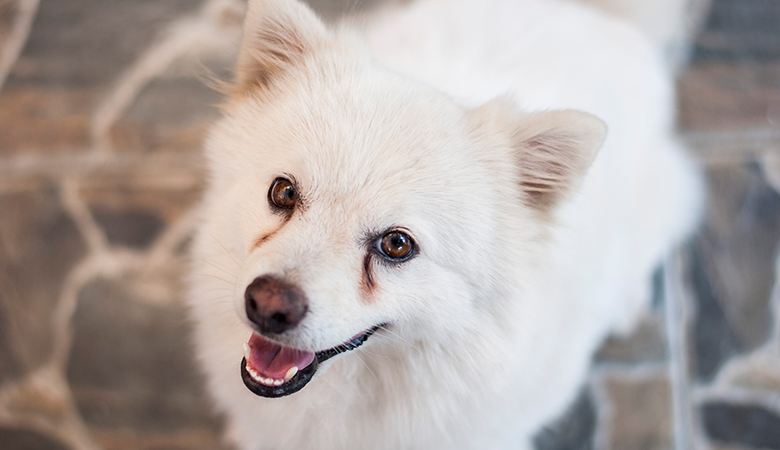Watery eyes in dogs
Written by Antoinet |
Does your dog frequently have watery eyes or damp patches under the eyes? This is a common issue and can have various causes, ranging from simple irritations to allergies. It’s important to know what to look out for and when to take action. In this article, we discuss the most common causes and provide practical tips on how to manage them.

To understand why some dogs suffer from excessive tear production, it’s important to first become familiar with the anatomy of the dog’s head and eye.
The anatomy of the eye
A dog’s head is made up of various specialized structures that work together to protect and keep the eye clean. Each eye is shielded by two visible eyelids a top and a bottom lid and the dog also has a third eyelid, also known as the nictitating membrane. This third eyelid is located in the inner corner of the eye and partially slides over the surface of the eye when it closes.
The third eyelid not only offers extra protection against injury and dirt but also contains its own tear gland, which helps keep the eye moist and clean. When this balance is disrupted by, for example, a blocked tear duct, eye irritation, or anatomical abnormalities it can lead to watery eyes.



